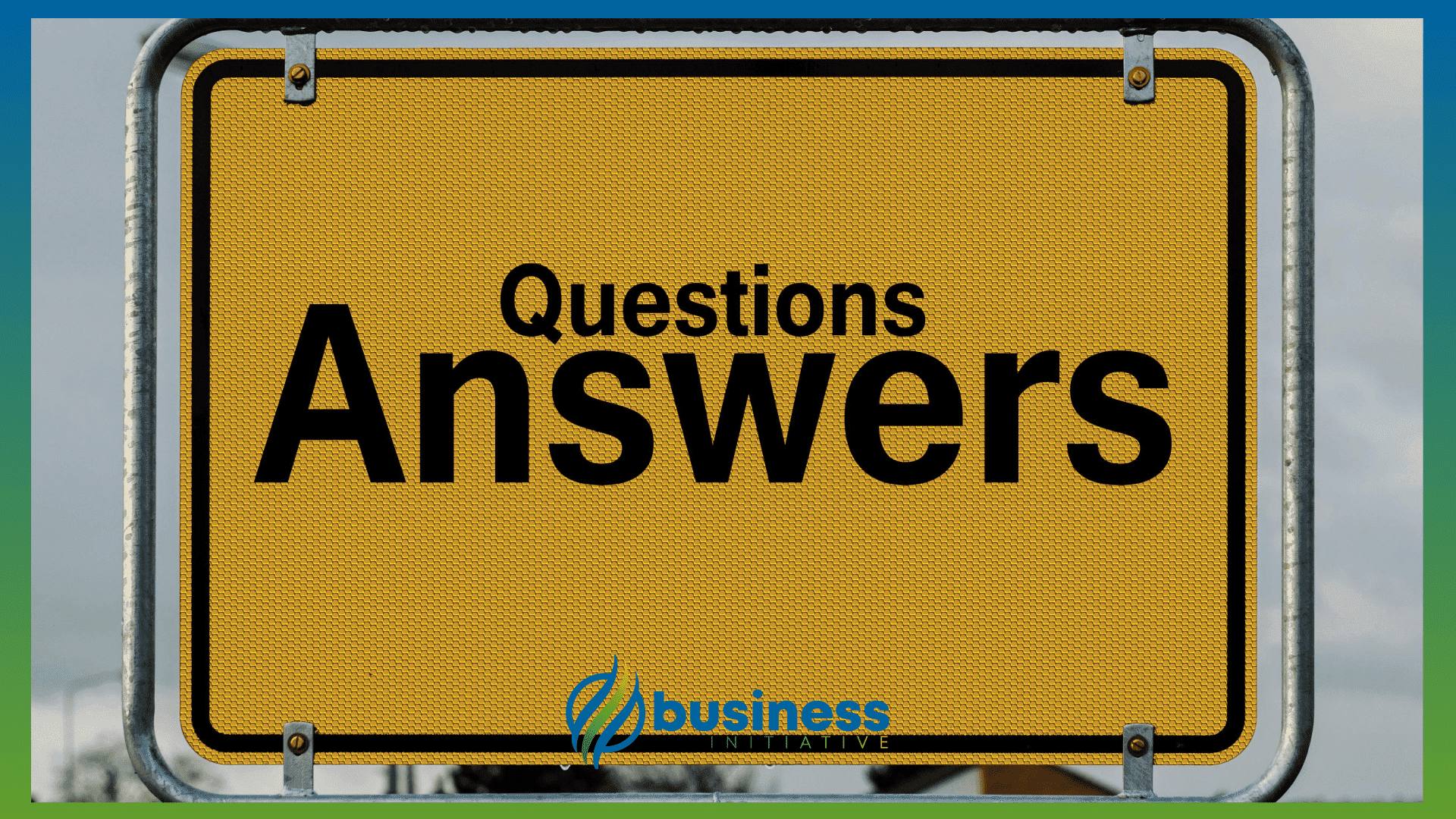In mergers and acquisitions, evaluating technology and intellectual property is crucial.
This guide dives into the importance of verifying the existence, ownership, and protection of patents, trademarks, copyrights, and trade secrets.
 Key Takeaways
Key Takeaways
- Verify ownership and status of all patents to protect against legal risks and enhance competitive advantage.
- Ensure all IP protection measures, like confidentiality agreements, are in place and effective.
- Regularly update and safeguard trade secrets to maintain the company’s competitive edge.
- Assess potential IP infringement risks to avoid legal and financial liabilities in M&A transactions.
- Confirm the proper registration and ownership of trademarks to secure the company’s brand identity and market presence.
By understanding these elements, you can uncover potential risks and ensure a smoother transaction.
This article provides practical steps and self-assessment questions to help you navigate the due diligence process effectively.
Stay ahead of potential IP issues and protect your investment.
Dive in to learn how to enhance your M&A due diligence and secure your company’s future. Keep reading to discover valuable insights and actionable advice.
 Table of Contents
Table of Contents
Ensuring the integrity and value of the target company’s technology and intellectual property (IP) is crucial during mergers and acquisitions (M&A) due diligence.
This due diligence process focuses on verifying the existence, ownership, and protection of valuable IP assets such as patents, trademarks, copyrights, and trade secrets.
Thorough scrutiny of these assets can uncover potential risks related to IP infringement or disputes, ensuring a smoother transaction and protecting your investment.
➤ MORE: Check out the FULL Due Diligence Checklist here

Review Patents, Patents Pending, Trademarks, Copyrights, & Trade Secrets
Start by obtaining a comprehensive list of all domestic and foreign patents, including those pending approval.
Verify the status and ownership of each patent, which involves checking legal documentation and current registration details.
Reviewing patents is crucial as it identifies the proprietary technologies that the company owns, revealing their potential competitive advantage.
Practical Benefits:
-
Identifies core technologies and innovations that drive the company’s market position.
-
Assesses the potential for future revenue from patented technologies.
-
Detects any legal vulnerabilities related to patent disputes.
Importance:
-
Ensures the target company holds clear and uncontested rights to its key technologies.
-
Identifies potential legal liabilities from existing or pending IP disputes.
-
Evaluates the competitive edge provided by the company’s patented technologies.
Practical Steps:
-
Gather Documentation: Collect detailed records of all patents and pending patents, including their legal status and ownership details.
-
Verify Ownership: Confirm that the patents are properly registered and legally owned by the target company.
-
Evaluate Significance: Assess the importance of these patents to the company’s business model and competitive advantage.
-
Check for Challenges: Investigate any current or past challenges to the validity of the patents.
Self-Assessment Questions:
-
What patents does the company currently hold, and what is their status?
-
Are there any pending patents, and what is their expected timeline for approval?
-
How significant are these patents to the company’s business model?
Links to Resources:
-
United States Patent and Trademark Office (USPTO): For patent and trademark information.
-
Google Patents: For searching patents globally.
Assess Intellectual Property Protection Measures and Licensing Agreements
It’s essential to review confidentiality and invention assignment agreements with current and former employees and consultants.
Assess any material exceptions from such assignments.
Proper IP protection measures ensure that the company’s intellectual property is adequately safeguarded against unauthorized use or disclosure.
Practical Benefits:
-
Ensures all IP created by employees and consultants is owned by the company.
-
Identifies potential gaps in IP protection that could lead to disputes.
-
Confirms the company’s ability to enforce its IP rights.
Importance:
-
Protects against future legal disputes over IP ownership.
-
Ensures the continuity and security of proprietary technologies.
-
Evaluates the robustness of the company’s IP protection strategy.
Practical Steps:
-
Review Agreements: Examine all confidentiality and invention assignment agreements with employees and consultants.
-
Identify Exceptions: Look for any material exceptions or gaps in these agreements.
-
Evaluate Effectiveness: Assess the effectiveness of measures for protecting trade secrets and other proprietary information.
-
Check Compliance: Ensure that all agreements are up-to-date and legally enforceable.
Self-Assessment Questions:
-
Does the company have confidentiality agreements in place with all employees and consultants?
-
Are there any exceptions or gaps in these agreements?
-
How effective are the company’s measures for protecting its trade secrets?
-
Are there any known breaches of confidentiality?
-
How often are these agreements or licenses reviewed and updated?
Links to Resources:
- World Intellectual Property Organization (WIPO): For international IP resources.
Evaluate Trademarks and Service Marks
Compile a list of registered and common law trademarks and service marks.
Verify the status and ownership of each mark.
Evaluating trademarks ensures that the company’s brand and product identifiers are legally protected, which is vital for maintaining its market identity and customer trust.
Practical Benefits:
-
Secures the legal protection of the company’s brand identity.
-
Prevents future legal disputes over trademark ownership.
-
Enhances the company’s market value by safeguarding its branding assets.
Importance:
-
Protects against brand dilution and infringement.
-
Ensures the continuity of brand recognition and customer loyalty.
-
Identifies potential legal challenges or disputes related to trademarks.
Practical Steps:
-
List Trademarks: Create a comprehensive list of all registered and common law trademarks and service marks.
-
Verify Ownership: Confirm the legal status and ownership of each trademark.
-
Check Good Standing: Ensure that all trademarks are in good standing and properly registered.
-
Assess Importance: Evaluate the significance of these trademarks to the company’s brand identity and market presence.
Self-Assessment Questions:
-
What trademarks and service marks does the company own?
-
Are these marks registered and in good standing?
-
Are there any disputes or challenges related to these trademarks?
-
How important are these marks to the company’s brand identity?
Links to Resources:
- USPTO Trademark Search: For checking trademark registration and status.
Review Copyrighted Products and Materials
Identify all copyrighted products and materials used, controlled, or owned by the company.
Verify the status and ownership of each copyright.
Reviewing copyrights ensures that the company’s creative works, such as software, marketing materials, and publications, are legally protected from unauthorized use or duplication.
Practical Benefits:
-
Confirms legal ownership of the company’s creative assets.
-
Prevents future disputes over copyright infringement.
-
Secures the value of the company’s intellectual creations.
Importance:
-
Protects against unauthorized use of the company’s creative works.
-
Ensures the continuity and integrity of the company’s copyrighted materials.
-
Identifies potential legal vulnerabilities related to copyright disputes.
Practical Steps:
-
Identify Copyrights: Compile a list of all copyrighted products and materials.
-
Verify Ownership: Confirm the legal status and ownership of each copyright.
-
Check Registrations: Ensure that all copyrights are properly registered and in good standing.
-
Assess Disputes: Investigate any disputes or challenges related to these copyrights.
Self-Assessment Questions:
-
What copyrighted materials does the company own?
-
Are these copyrights registered and in good standing?
-
Are there any disputes or challenges related to these copyrights?
Links to Resources:
- Copyright.gov: For copyright information and registration.
Assess Trade Secrets and Confidential Information
Determine if the company’s business depends on the maintenance of any trade secrets.
Review the steps taken by the company to preserve the secrecy of its trade secrets.
Assessing trade secrets helps ensure that critical proprietary information is adequately protected, thus maintaining the company’s competitive advantage.
Practical Benefits:
-
Secures the confidentiality of proprietary information critical to the business.
-
Prevents potential legal disputes over trade secret misappropriation.
-
Maintains the competitive advantage provided by trade secrets.
Importance:
-
Protects against the unauthorized disclosure of vital business information.
-
Ensures the continuity and security of the company’s competitive edge.
-
Identifies any weaknesses in the protection of trade secrets.
Practical Steps:
-
Identify Trade Secrets: Determine what trade secrets the company relies on for its business operations.
-
Review Protection Measures: Evaluate the steps taken to protect these trade secrets.
-
Assess Breaches: Investigate any known breaches of trade secret confidentiality.
-
Evaluate Processes: Review the processes in place for updating and safeguarding trade secrets.
Self-Assessment Questions:
-
What trade secrets does the company rely on?
-
How does the company protect these trade secrets?
-
Are there any known breaches of trade secret confidentiality?
-
How critical are these trade secrets to the company’s competitive advantage?
-
What processes are in place to update and safeguard trade secrets?
Links to Resources:
- WIPO Trade Secrets Portal: For information on trade secret protection.
Evaluate IP Infringement Risks
Determine if the company is infringing on (or has infringed on) the intellectual property rights of any third party.
Assess any IP litigation or disputes.
Evaluating IP infringement risks helps identify potential legal and financial liabilities, ensuring that the acquisition does not bring unforeseen burdens.
Practical Benefits:
-
Identifies potential legal and financial liabilities from IP disputes.
-
Prevents future litigation costs and penalties.
-
Secures the company’s IP position and reduces risk exposure.
Importance:
-
Protects against unexpected legal challenges and financial losses.
-
Ensures the integrity of the company’s IP portfolio.
-
Identifies and mitigates potential risks to the company’s operations.
Practical Steps:
-
Identify Infringements: Check for any current or past IP infringement claims against the company.
-
Review Litigation: Assess ongoing IP litigation or disputes involving the company.
-
Evaluate Financial Impact: Determine the potential financial impact of these disputes on the company.
-
Mitigate Risks: Review the company’s strategies for mitigating IP infringement risks.
Self-Assessment Questions:
-
Are there any current or past IP infringement claims against the company?
-
Has the company received any offers to license or demand letters from third parties?
-
What is the potential financial impact of these IP disputes?
Links to Resources:
-
WIPO Arbitration and Mediation Center: For resolving IP disputes.
-
IP Watchdog: For news and analysis on IP infringement and litigation.
FAQs - Frequently Asked Questions About Due Diligence into a Company’s Technology and Intellectual Property

Why is it important to review patents during M&A due diligence?
To verify ownership and assess potential legal risks.
Patents can significantly impact a company's value and market position.
Learn More...
Reviewing patents ensures that the target company holds clear and uncontested rights to its key technologies.
It helps to:
- Identify core technologies and innovations that drive the company’s market position,
- Assesses potential future revenue,
- Detects any legal vulnerabilities related to patent disputes.
For example, discovering that a crucial patent is under dispute can affect the valuation and decision-making process in an M&A transaction.
What are the key steps in evaluating intellectual property protection measures?
Review confidentiality and invention assignment agreements.
Assess effectiveness and identify any gaps.
Learn More...
Key steps include
- Examining all confidentiality and invention assignment agreements with employees and consultants,
- Identifying any material exceptions or gaps in these agreements,
- Assessing the effectiveness of measures for protecting trade secrets and other proprietary information,
- Ensuring that all agreements are up-to-date and legally enforceable.
Proper IP protection measures ensure that the company’s intellectual property is adequately safeguarded against unauthorized use or disclosure, which is critical for maintaining its competitive advantage and avoiding future legal disputes.
How do trademarks impact a company's market identity during M&A?
Trademarks protect the company's brand and product identifiers.
They help maintain market identity and customer trust.
Learn More...
Trademarks secure the legal protection of a company’s brand identity, preventing future legal disputes over trademark ownership and enhancing the company’s market value by safeguarding its branding assets.
For example, verifying that all trademarks are in good standing and properly registered helps ensure continuity of brand recognition and customer loyalty, which is vital for maintaining the company's market presence and competitive edge.
Why is it crucial to assess trade secrets during M&A due diligence?
To ensure proprietary information is protected.
Trade secrets maintain the company's competitive advantage.
Learn More...
Assessing trade secrets helps ensure that critical proprietary information is adequately protected, thus maintaining the company’s competitive advantage.
Steps include:
- Identifying trade secrets the company relies on,
- Evaluating the steps taken to protect these trade secrets,
- Investigating any known breaches of trade secret confidentiality,
- Reviewing the processes in place for updating and safeguarding trade secrets.
For example, a company with robust trade secret protection measures is better positioned to sustain its market position and avoid legal disputes.
What are the risks of IP infringement in M&A transactions?
Potential legal and financial liabilities.
Infringement risks can affect the acquisition's success.
Learn More...
IP infringement risks can lead to significant legal and financial liabilities, impacting the overall success of an M&A transaction.
Crucial steps include:
- Identifying potential IP infringement claims,
- Assessing ongoing IP litigation or disputes,
- Determining the financial impact of these disputes,
- Reviewing the company's strategies for mitigating IP infringement.
For instance, a thorough evaluation can prevent future litigation costs and penalties, ensuring the integrity of the company’s IP portfolio and reducing risk exposure.
How do copyrights contribute to a company's value in M&A?
They protect the company's creative works.
Copyrights prevent unauthorized use and duplication.
Learn More...
Copyrights confirm legal ownership of the company’s creative assets, preventing future disputes over copyright infringement and securing the value of the company’s intellectual creations.
Steps include:
- Identifying all copyrighted products and materials,
- Verifying their legal status and ownership,
- Ensuring proper registration,
- Investigating any disputes or challenges related to these copyrights.
For example, protecting marketing materials, software, and publications ensures the continuity and integrity of the company’s copyrighted materials, which is crucial for maintaining its competitive edge.
What are practical steps to verify IP ownership during M&A due diligence?
Gather documentation and verify legal status.
Confirm proper registration and ownership.
Learn More...
Practical steps include collecting detailed records of all IP assets, verifying the legal status and ownership details, ensuring proper registration of patents, trademarks, and copyrights, and confirming that all IP assets are legally owned by the target company.
This verification process helps identify potential legal vulnerabilities and ensures that the target company holds clear and uncontested rights to its key technologies and creative works, reducing the risk of future disputes.
For example, thorough documentation and verification can reveal any discrepancies in ownership, allowing for informed decision-making during the acquisition process.
How can IP disputes affect an M&A transaction?
They can lead to legal and financial complications.
Disputes may impact the transaction's value and success.
Learn More...
IP disputes can introduce significant legal and financial complications, affecting the overall value and success of an M&A transaction.
Important steps include:
- Evaluating ongoing or past IP litigation,
- Understanding the potential financial impact of these disputes,
- Assessing the company’s strategies for mitigating IP infringement risks.
For instance, unresolved IP disputes can lead to costly legal battles, affect the target company's market position, and ultimately influence the acquisition's outcome.
In Summary…
Evaluating technology and intellectual property is a critical component of M&A due diligence.
This article provides a comprehensive guide to ensure you verify the existence, ownership, and protection of key IP assets such as patents, trademarks, copyrights, and trade secrets.
By following the practical steps and self-assessment questions outlined, you can uncover potential risks, protect your investment, and enhance the overall success of your transactions.
Applying this information in a practical sense means you gain a thorough understanding of the target company’s IP portfolio, which helps in making informed decisions.
You’ll be able to identify core technologies, assess the effectiveness of IP protection measures, and mitigate potential legal and financial liabilities.
This proactive approach ensures a smoother transaction process and secures the future growth and competitiveness of your business.
Don’t leave your M&A success to chance!
Use this guide to enhance your due diligence process, safeguard your investment, and ensure a seamless integration.
Schedule a consultation call with our business initiative or use our contact form to get started.
Stay informed and ahead of the curve by subscribing to the Initiative newsletter and following us on X for the latest updates and insights.
Sources
- United States Patent and Trademark Office (USPTO): For patent and trademark information.
- Google Patents: For searching patents globally.
- World Intellectual Property Organization (WIPO): For international IP resources.
- USPTO Trademark Search: For checking trademark registration and status.
- Copyright.gov: For copyright information and registration.
- WIPO Trade Secrets Portal: For information on trade secret protection.
- WIPO Arbitration and Mediation Center: For resolving IP disputes.
- IP Watchdog: For news and analysis on IP infringement and litigation.


